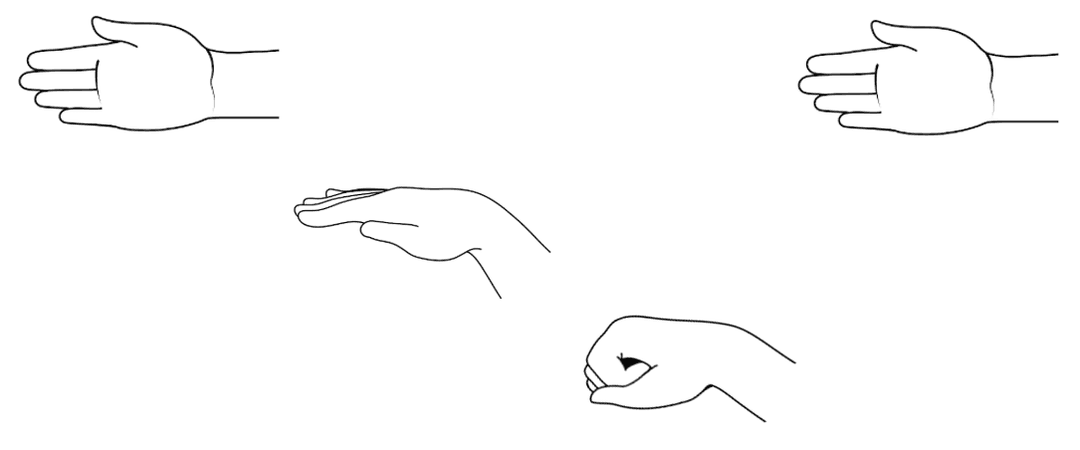Myths about teaching can hold you back
- Year 4
Perform a melodic ostinato
I can perform and read a melodic ostinato.
These resources were made for remote use during the pandemic, not classroom teaching.
Switch to our new teaching resources now - designed by teachers and leading subject experts, and tested in classrooms.
Lesson details
Key learning points
- A melodic ostinato is a short, repeating melody that usually accompanies a song or piece of music.
- Bar lines show where strong beats are and keep the music organised.
- We can use the finger stave to read and sing a melodic ostinato.
- The beat pattern in 3-time feels: strong - weak - weak.
Keywords
Ostinato - a repeating musical pattern which can by rhythmic or melodic
Bar lines - vertical lines on a stave that show how the music is organised into groups of strong and weak beats
Solfège - a system of naming pitches so we can recognise patterns by ear, e.g. so, mi, do
Stave - horizontal lines on which musical notes can be placed
Common misconception
When singing in parts it's better to sing loudly so that you are not distracted by the other parts.
If everyone sings more gently, they can hear themselves, and others, properly.
To help you plan your year 4 music lesson on: Perform a melodic ostinato, download all teaching resources for free and adapt to suit your pupils' needs...
To help you plan your year 4 music lesson on: Perform a melodic ostinato, download all teaching resources for free and adapt to suit your pupils' needs.
The starter quiz will activate and check your pupils' prior knowledge, with versions available both with and without answers in PDF format.
We use learning cycles to break down learning into key concepts or ideas linked to the learning outcome. Each learning cycle features explanations with checks for understanding and practice tasks with feedback. All of this is found in our slide decks, ready for you to download and edit. The practice tasks are also available as printable worksheets and some lessons have additional materials with extra material you might need for teaching the lesson.
The assessment exit quiz will test your pupils' understanding of the key learning points.
Our video is a tool for planning, showing how other teachers might teach the lesson, offering helpful tips, modelled explanations and inspiration for your own delivery in the classroom. Plus, you can set it as homework or revision for pupils and keep their learning on track by sharing an online pupil version of this lesson.
Explore more key stage 2 music lessons from the Singing for performance: discovering different ways to sing in harmony unit, dive into the full primary music curriculum, or learn more about lesson planning.

Equipment
Licence
Prior knowledge starter quiz
4 Questions
Q1.Which rhythm below has been drawn incorrectly?




Q2.Which hand sign patterns shows: so - mi - do - so ?



Q3.Match the word to the definition:
up and down movement of pitches in music
different groups sing the same song, but start at different times
two songs that fit together when sung at the same time
Q4.An ostinato is ...
Assessment exit quiz
4 Questions
Q1.Which words in 'Oliver Cromwell' were repeated to create an ostinato?
Q2.Which pitch pattern below shows : so - so - mi - mi ?



Q3.Choose the correct solfège for this pattern:




